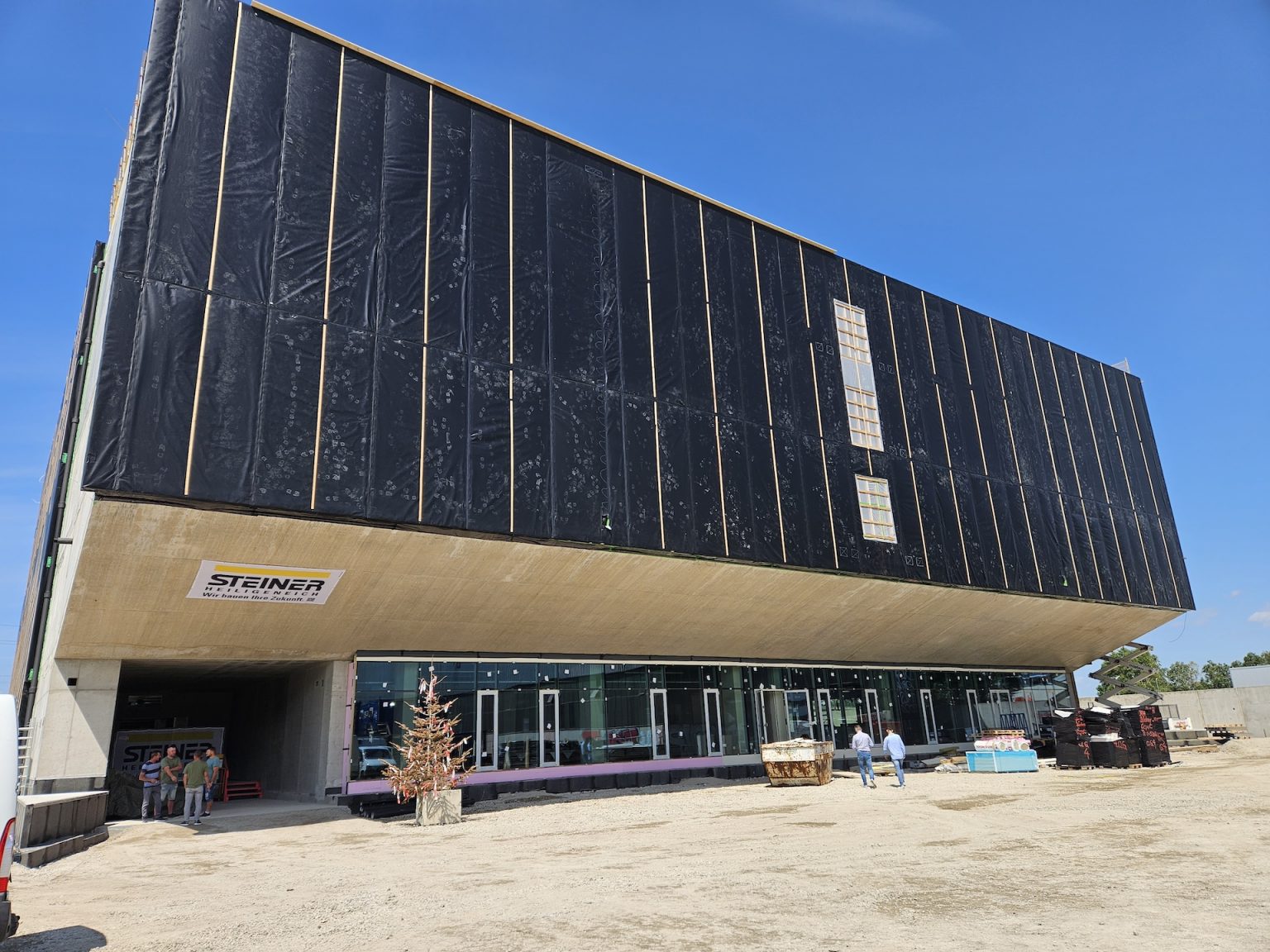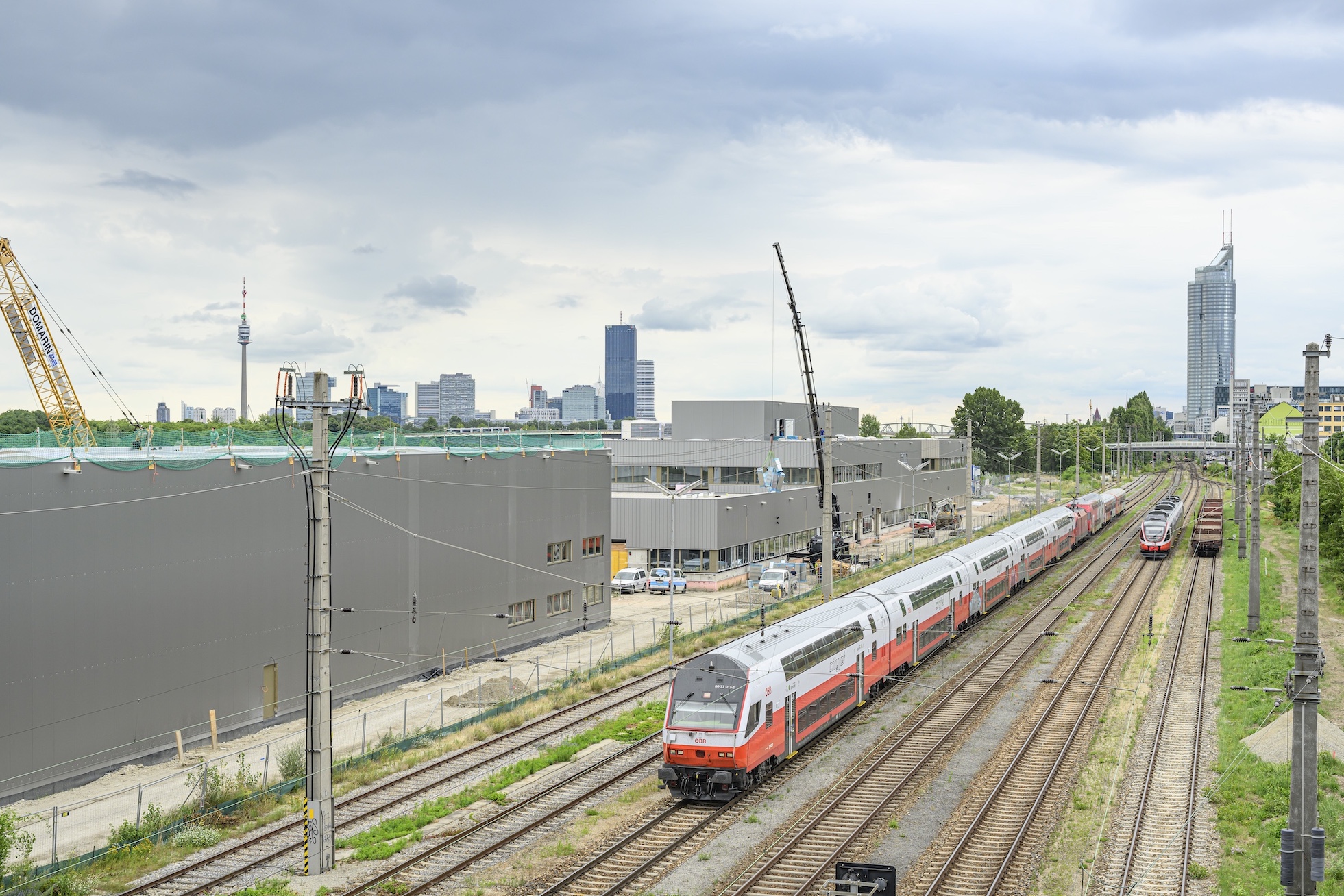The existing crane track beam in a 500-meter-long hall, built around 1950, had to be replaced due to material fatigue. This facility is part of the Steel Division of voestalpine AG. The initially estimated 34 days for installing the new, approximately 400-meter-long crane track beam in a cold rolling mill during ongoing operations were completed in a record time of just 28 days, thanks to detailed planning.
Crane Track Beam
For the past ten years, the team at Lorenz Consult has been working with a 3D scanner that has proven invaluable in various fields, such as building construction, steel and concrete engineering, building services planning, and on-site construction supervision. For this project, the latest generation of the scanner was used. A total of 126 scans were made of the hall. A GPS antenna was also employed, and the combination of these devices with 3D-specialized programs ensured smooth planning and minimized risks in the existing structure.
Project Execution in Three Phases
The Lorenz Consult project team consisted of a project manager, a structural engineer, and two designers. The crane track beam replacement in the 500-meter-long hall was carried out in three phases to minimize crane downtime. A total of only 34 days were allocated for the dismantling and installation of the 780 running meters. To adhere to this tight installation timeline, the planning had to account for as many modifications and temporary structures as possible without restricting the existing crane traffic. The scan allowed for the exact as-built situation to be captured as a 3D point cloud, enabling precise planning. This was the key to completing the replacement in a shorter time than initially projected. As a result, a large portion of the temporary auxiliary structures and new access stairs were pre-assembled. This detailed planning allowed the 780 meters of crane track beams to be replaced in a record time of 28 days. To ensure the smooth and rapid progress of the work, the planning was designed to maximize the degree of prefabrication during assembly. The beams were pre-assembled on-site and placed as a whole onto the supports.
“We are proud that we were able to implement this challenging and complex project so quickly. A significant support in this was also the new 3D scanner. It ensured even more accuracy and reduced the scanning time on-site. Thanks to digitalization, we were able to achieve this record time and ensure even more quality,” says CEO DI Gerald Dabernig.



